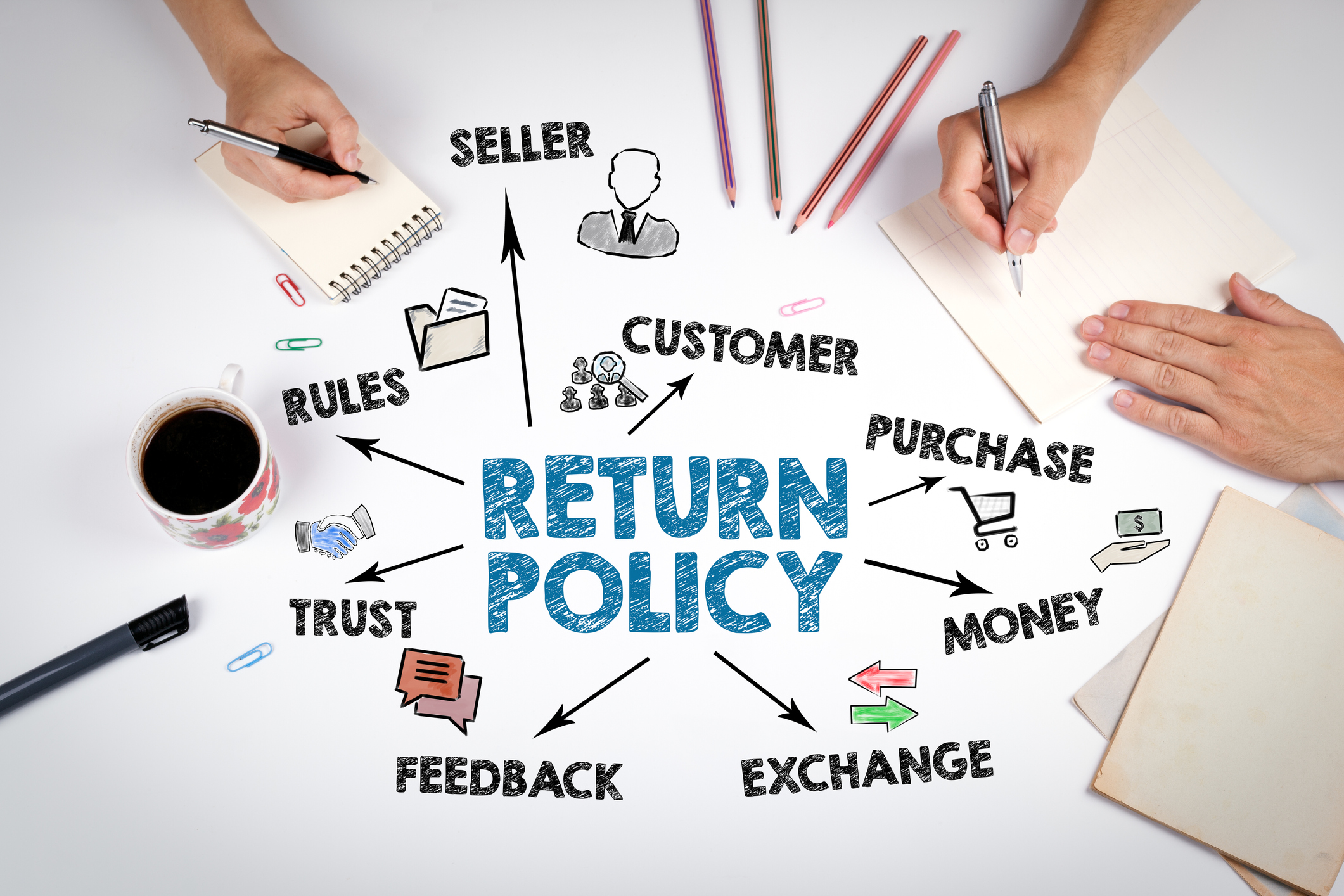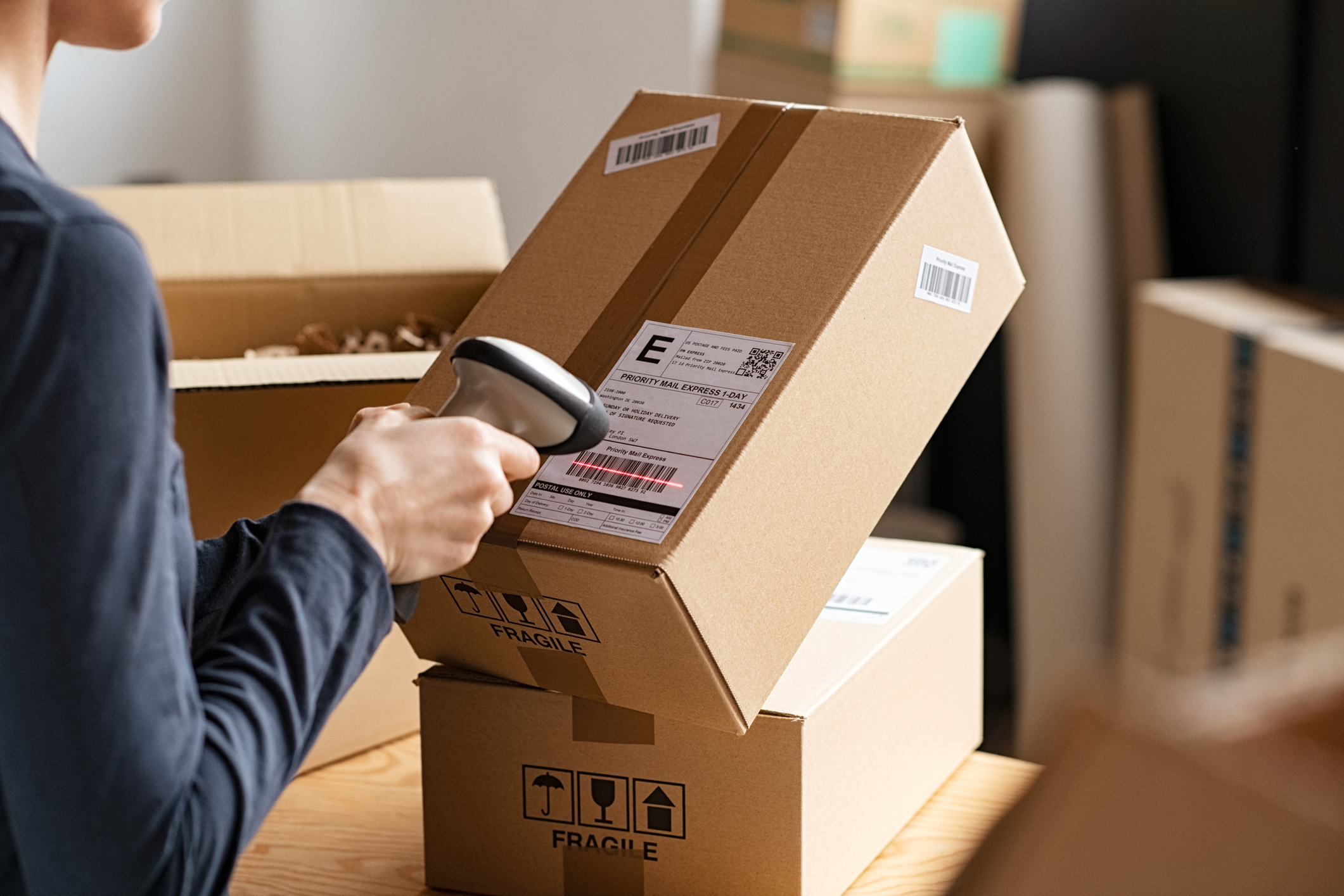Reducing Transportation Costs in the Returns Process
By John Haber, Transportation Insight
US consumers have been on a major shopping spree since the pandemic began in 2020, replacing services with goods as many consumers stayed close to homes due to COVID-19. According to the US Census, total retail sales for 2021 were up 17.9% compared to 2020.
With the increase in retail sales has also come a rise in returns. In 2020, the National Retail Federation estimates that there were $428 billion in returns – a record. But the new ‘retail environment,’ that is, an omnichannel one, saw a new record in returns in 2021 with more than $761 billion in merchandise returned by consumers. The 2021 total rate of returns, 16.6 %, is up from 10.6% during 2020, but based on NRF data, online returns in 2021 are in line with recent years at an average of 20.8%.
Just like the expectations of “free delivery,” consumers expect “free returns” and the quick handling and processing of returns to maintain and/or improve customer loyalty.
Studies show that over 80% of customers will not purchase from an online store that charges return shipping fees. But the handling and management of returns is anything but “free” for retailers.
In addition to increasing returns volumes, labor and transportation costs are impacting retailers’ returns handling and processing according to the Reverse Logistics Association’s quarterly returns index survey, and expectations are that this will continue this year.
Stressed Transportation Networks
Since the pandemic began in 2020, consumers’ shopping sprees have contributed to stressed transportation networks and resulted in delivery delays to consumers’ homes, warehouses, and stores.
Pre-pandemic, the two largest national third-party last-mile carriers, FedEx and UPS, maintained a mostly balanced volume mix between business-to-business (B2B) and business-to-consumer (B2C). B2B volumes tended to be less costly and more profitable for the two carriers versus the more time-consuming B2C.
But the pandemic caused a rapid shift in volume characteristics, over 70% of total volumes were B2C for FedEx and UPS. This sudden shift resulted in delays as FedEx and UPS readjusted their networks to meet the strong B2C growth.
Along with annual average rate increases, carriers raised existing surcharges such as Additional Handling, Large and Oversize Parcels, and introduced COVID surcharges to manage the demand.
Also, in 2020 carriers began to increase their capabilities of limiting the number of trailers and pickups for some customers. This helped the carriers’ networks, but it harmed the shippers’ customer relationships.
Overall parcel volumes mix still favors B2C, now around 65% for both carriers since more consumers are venturing into stores and manufacturing has picked up. But the COVID surcharge remains and is now called Peak/Demand surcharge.
In addition, UPS’ strategy change, “Better, not Bigger,” continues to be problematic for some shippers that no longer meet UPS’ customer requirements in which profitability is more important than volumes.
This year will see FedEx and UPS’s most significant rate increases in the last 20 years. The U.S. Postal Service (USPS) plans to invest heavily in automation in 2022, which will likely lead to additional handling surcharges to help pay for the investment.
With major national carriers focused on more profitable deliveries, many parcel shippers seek transportation partners elsewhere.
Labor constraints have also contributed to delivery delays due to those workers that have had to isolate and/or those that contracted the virus, those that opted out of the market, and the need for more workers because of increased demand.
Capacity constraints, higher costs, labor constraints, and a change in strategy by UPS have caused great angst in the last mile, and the same can be said in reverse.

The Returns Tsunami
Last-mile delivery problems were highly publicized, but the number of returns was not publicized nearly as much. Many consumers held onto returns when many stores were closed or would not accept returns due to COVID. As such, once stores reopened and there were policies in place to handle returns in this ‘new environment,’ a tsunami of returns flooded carriers’ networks at a much higher shipping cost in years past.
However, with healthy sales comes returns, and as many consumers discovered the ease in online shopping, there are consumer expectations for ease in the returns process.
One way retailers can make the returns process experience positive for consumers, is by making returns conditions clear and concise.
Market research from Optoro shows that over 90% of consumers read the return conditions before making a purchase. This omnichannel retail environment will continue to increase the return rate because of strong retail sales and the combined e-commerce/physical store approach. Consumers have more options such as buying online pick up in-store, buying online return in-store, and more.
As such, retailers will need to be more mindful of transportation costs when handling returns.

Diversification of Carriers
One of the best ways to mitigate transportation costs across the circular supply chain is diversifying transportation carriers. Besides national carriers UPS, FedEx, and the US Postal Service, consider adding regional parcel carriers. These carriers operate in limited areas, are often closer to customers, and offer less complicated cost structures versus national carriers.
Crowd-sourced platforms such as DoorDash and Instacart may also be another option for small items, while PickUP focuses on big and bulky items such as refrigerators or exercise equipment.
To better understand returns costs, retailers need to manage their returns data much like their last-mile or other supply chain data by utilizing business intelligence tools connected with warehouse management systems (WMS) and transportation management systems (TMS) for better analysis and execution.

Data provides valuable information on how to improve customer service and loyalty and mitigate costs. For example, insights such as carrier performance are essential for the delivery and return process.
Dashboards and reports also make it easier for retailers to plan, make decisions quickly, and create more transparency and efficient analysis to help accelerate and improve processes.
Outlook
According to FedEx, the US domestic parcel market will reach 134 million pieces a day by 2026, a 70% increase from 2020, and e-commerce will drive 90% of parcel market growth. The number of returns will likely continue its trend upward due to expected parcel growth as well. As such, shippers will need to be more mindful of costs across the circular supply chain.
 John Haber
John HaberJohn Haber is President, Parcel at Transportation Insight where he leads the company’s strategic accounts, partnerships and alliances, client advisory and consulting services. These services are designed to utilize TI and NTG’s experience and industry knowledge to accelerate our customers’ growth and strengthen their position in the marketplace. He is the Founder and CEO of Spend Management Experts, which was acquired by TI in 2019. With over 25 years of supply chain experience, John has helped some of the world’s leading brands drive greater efficiencies through their supply chain operations while reducing transportation, distribution and fulfillment costs.
John began his career at UPS where he held various executive level positions in corporate finance and corporate strategy and was instrumental in developing profitability and costing models. He also managed the carrier’s National Accounts Profitability Group where he audited the pricing and profitability of UPS’ top customers.